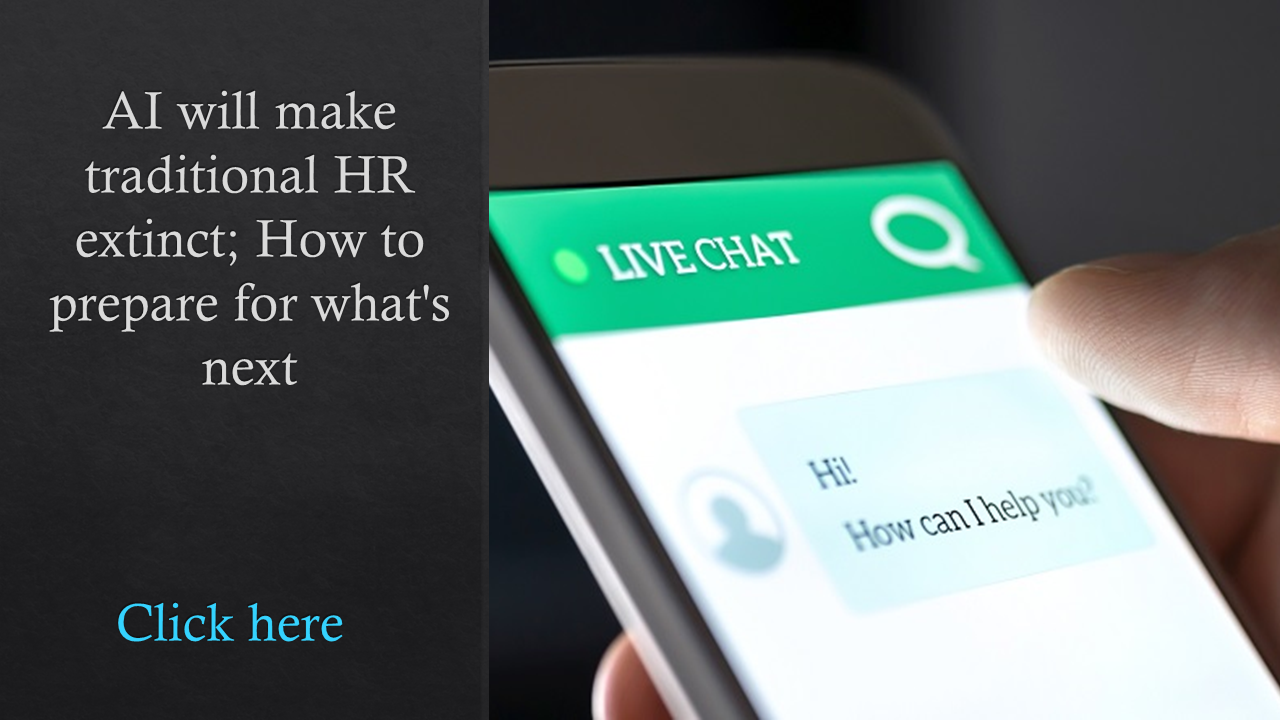It may come as a surprise to some, but the majority of the world’s workers–an estimated 2.7 billion people–do not sit at a desk when doing their jobs. Yet, they are jobs that have proven vital over the last year. In fact, a report released in late 2020 found that these critical employees recently have been working on the front lines during the pandemic in retail, hospitality and healthcare, or behind the scenes in industries including manufacturing and logistics.
However, according to Emergence Capital’s “The State of Technology for the Deskless Workforce,” while 80% of the global workforce is considered “deskless,” only 1% of venture capital has gone toward building technology that addresses the unique needs of these workers. The result? A massive segment of the population has been left without the tools they need to be successful at work.
“The biggest gap for deskless workers resides in how they receive communications and collaborate with their peers,” says Jordan Ekers, chief operating officer at Nudge, a digital communications platform that caters to deskless workforces and counts employers such as Staples, Compass Group and Margaritaville among its customers.

Ekers notes that the Emergence Capital report put a spotlight on the inequalities experienced by deskless employees, as 96% of such workers said the No. 1 area where technology is most needed is communications, and as many as 60% of workers are unsatisfied with the technology they’re provided at work. In fact, 56% of workers report using their own technology to fill the gaps.
“As deskbound workers, could you imagine a world without Slack, Zoom and other tools designed to improve productivity?” Ekers says, adding that most organizations with deskless workers rely on dated, fractured or ineffective channels for reaching their employees–from bulletins and binders to a single computer in a backroom that is expected to support the entire staff.
Related: Why HR needs to solve ‘real failures’ around deskless workers
“The grim reality is most organizations can’t reach every employee, which impacts morale and performance, not to mention turnover and absenteeism,” he says.
Ekers explains that closing the gap relies on CHROs investing in solutions designed specifically for deskless workers, ensuring the tools can improve two-way communication while also driving better business outcomes–i.e. making a measurable impact on employee performance and retention. These types of HR tech-based communication tools and platforms are vital for addressing people, culture and change-management challenges, he says, and enabling employees to participate in the future of an organization.
 Brooks Holtom, a professor and the Senior Associate Dean, Strategy, Finance and Organization, of Georgetown University’s McDonough School of Business, has conducted research on why a focus on communications technology is proving to be effective, especially during COVID-19.
Brooks Holtom, a professor and the Senior Associate Dean, Strategy, Finance and Organization, of Georgetown University’s McDonough School of Business, has conducted research on why a focus on communications technology is proving to be effective, especially during COVID-19.
“During the past year, my colleagues and I have conducted multiple studies assessing how employees are doing during the pandemic” says Holtom, who also serves as an advisory board member at Crosschq, a recruitment technology platform. “Repeatedly, we have seen the importance of high-quality, two-way communication.”
Holtom explains that, in organizations where leaders spend significant amounts of time and energy listening to and responding to employee concerns, survey results show engagement and satisfaction scores at or above pre-pandemic levels.

“Where communications are not robust, however, the group’s research reflects diminished engagement and satisfaction, coupled with elevated intentions to leave,” he says.
“It’s time to reimagine the way CHROs support their deskless workforces,” Nudge’s Ekers says. “A digital communications platform accessible via an employee’s personal mobile device is the most reliable and powerful channel for sharing and gathering information at scale, and that in turn ensures all employees are in the loop, feel supported and have the tools they need to help the organization reach its goals.”
Register here for the HR Tech Conference to learn about the emerging technologies being used to enhance communication for deskless workers.





